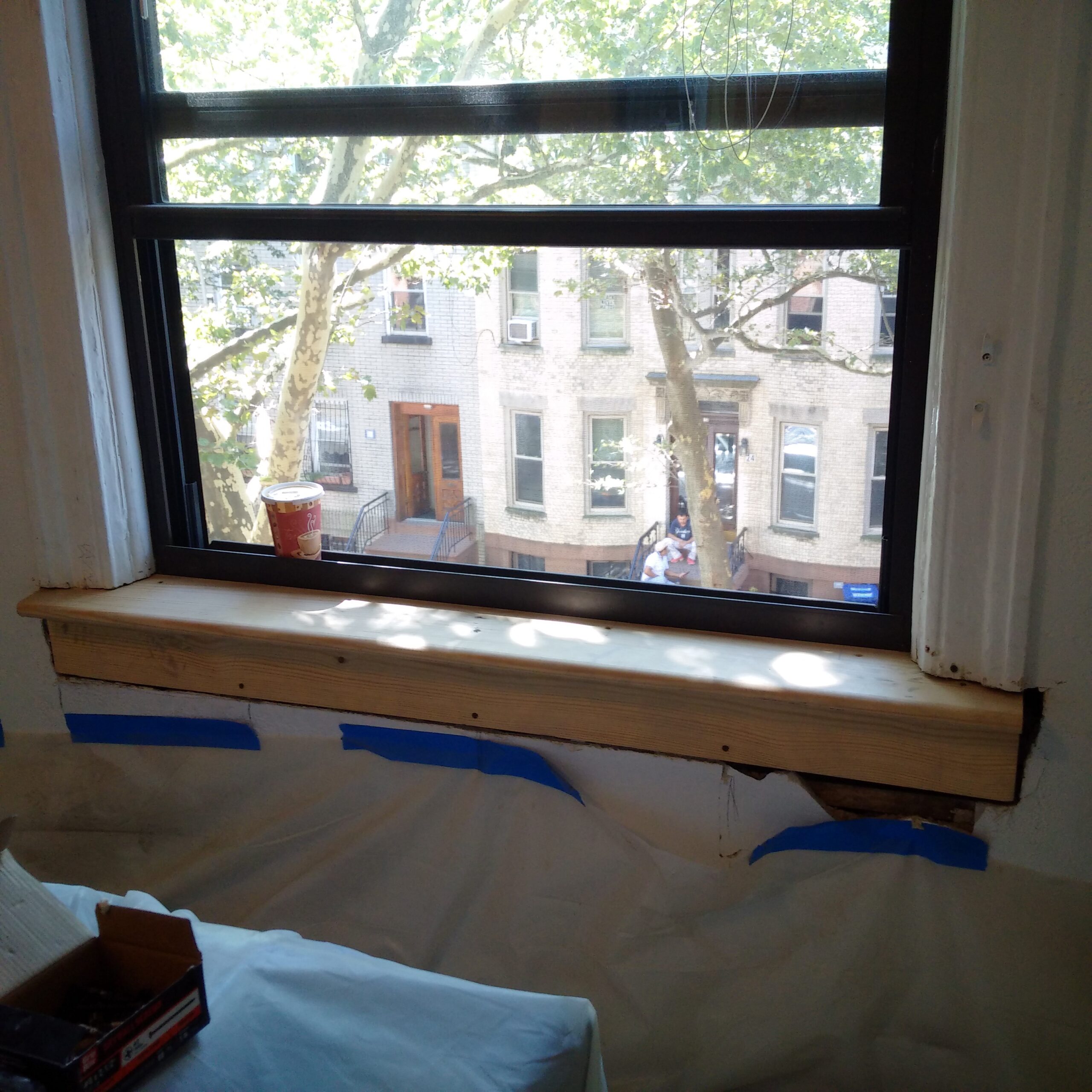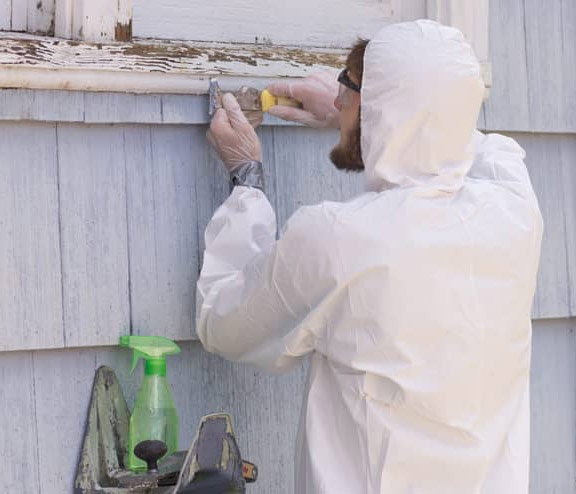Comprehensive Guide on Effective Lead Infraction Elimination Strategies
In the realm of ecological security, addressing lead offenses demands a thorough and structured approach. This thorough guide starts by highlighting the important initial actions of identifying lead threats with advanced evaluation and testing techniques. The guide clarifies on the importance of sticking to stringent security protocols throughout the elimination process, consisting of the use of appropriate PPE and isolating impacted locations.
Identifying Lead Threats
Identifying lead dangers is a crucial initial step in alleviating the dangers related to lead exposure. Lead, a poisonous metal, can be present in numerous ecological mediums, consisting of paint, dirt, water, and dust. It positions extreme health risks, especially to youngsters and pregnant ladies, bring about neurological damages and developmental delays. Exact recognition of possible lead resources is necessary for effective remediation.
The first stage in recognizing lead hazards involves understanding common lead sources within the built environment. Structures constructed prior to 1978 are specifically at risk as a result of the widespread use lead-based paint throughout that duration. Furthermore, soil contamination can happen from weakening exterior paint, industrial exhausts, or historic usage of leaded gas.
One more significant source is lead piping and pipes components, which can leach introduce drinking water. Customer items such as playthings, ceramics, and imported products might likewise include hazardous lead levels. Notably, occupational settings and leisure activities including lead can track contaminants into homes.
Analysis and Testing
When addressing lead dangers, effective evaluation and screening are critical. First evaluation commonly includes an aesthetic inspection to determine possible lead sources, such as degrading paint or contaminated dust.

Dust wipe sampling is one more vital method, specifically in residential settings. By gathering examples from floorings, windowsills, and various other surfaces, this technique supplies understandings right into possible direct exposure risks. Additionally, dirt screening around structure borders is necessary to spot lead contamination that might present dangers, specifically to youngsters.
Safe Removal Procedures
Upon completing thorough assessment article and screening, applying secure elimination treatments is the next crucial phase in addressing lead hazards. This procedure makes certain that lead-contaminated products are successfully and safely eradicated, minimizing threat to both employees and locals. The very first step entails separating the afflicted area making use of plastic sheet and proper sealing strategies to stop the spread of lead dust.
Employees need to put on appropriate individual protective equipment (PPE), consisting of respirators, gloves, and disposable coveralls, to minimize exposure. Employing specialized devices and wet approaches, such as wet sanding or making use of HEPA-filtered vacuums, lowers the diffusion of lead particles. It is critical to prevent dry fining sand or abrasive blowing up, as these methods can create damaging lead dirt.
Waste disposal is an additional crucial component; all polluted materials need to be securely gotten and labeled according to EPA and regional regulations. Furthermore, thorough cleaning of the workspace with HEPA vacuums and damp cleaning guarantees the elimination of residual lead bits.
Post-Removal Confirmation

Verification of successful lead removal, understood as post-removal confirmation, is imperative to ensure the safety and habitability of the remediated area. This evaluation guarantees that all recognized sources of lead have been dealt with and that no visible signs of contamination remain.
Following the aesthetic examination, ecological tasting is carried out. This includes gathering dust, you can find out more soil, and sometimes water examples from the remediated location. Recognized labs evaluate these samples to measure lead degrees, guaranteeing they fall below the safety and security limits developed by regulatory bodies such as the Epa (EPA)
On top of that, air high quality testing may be executed to identify air-borne lead particles, especially in instances where substantial lead-based paint removal or renovation has actually happened. The results of these examinations supply quantitative information verifying that the lead levels are within permitted restrictions.
Eventually, post-removal confirmation offers as a crucial checkpoint, confirming the efficiency of the lead abatement initiatives and protecting the wellness of passengers and visitors.
Preventative Steps and Upkeep

A vital precautionary action includes using lead-safe certified specialists for any restoration, repair, or painting tasks. These professionals are trained in techniques that minimize lead dust and particles. Additionally, preserving coloured surfaces to prevent breaking or peeling off is vital, as wearing away paint can release lead bits right into the setting.
Educational initiatives targeting homeowner and tenants concerning the risks of lead and the relevance of reporting any potential dangers can additionally boost preventive efforts. Routine cleaning utilizing HEPA vacuum cleaners and wet wiping strategies can considerably decrease lead dirt build-up.
Verdict
In recap, efficient lead violation elimination necessitates a thorough technique encompassing detailed evaluation, precise screening, and stringent elimination procedures. Continuous inspections and upkeep are important to minimize future lead risks, therefore protecting public wellness and guaranteeing continual compliance with regulative needs.